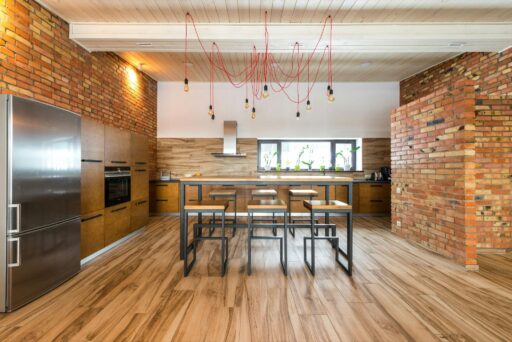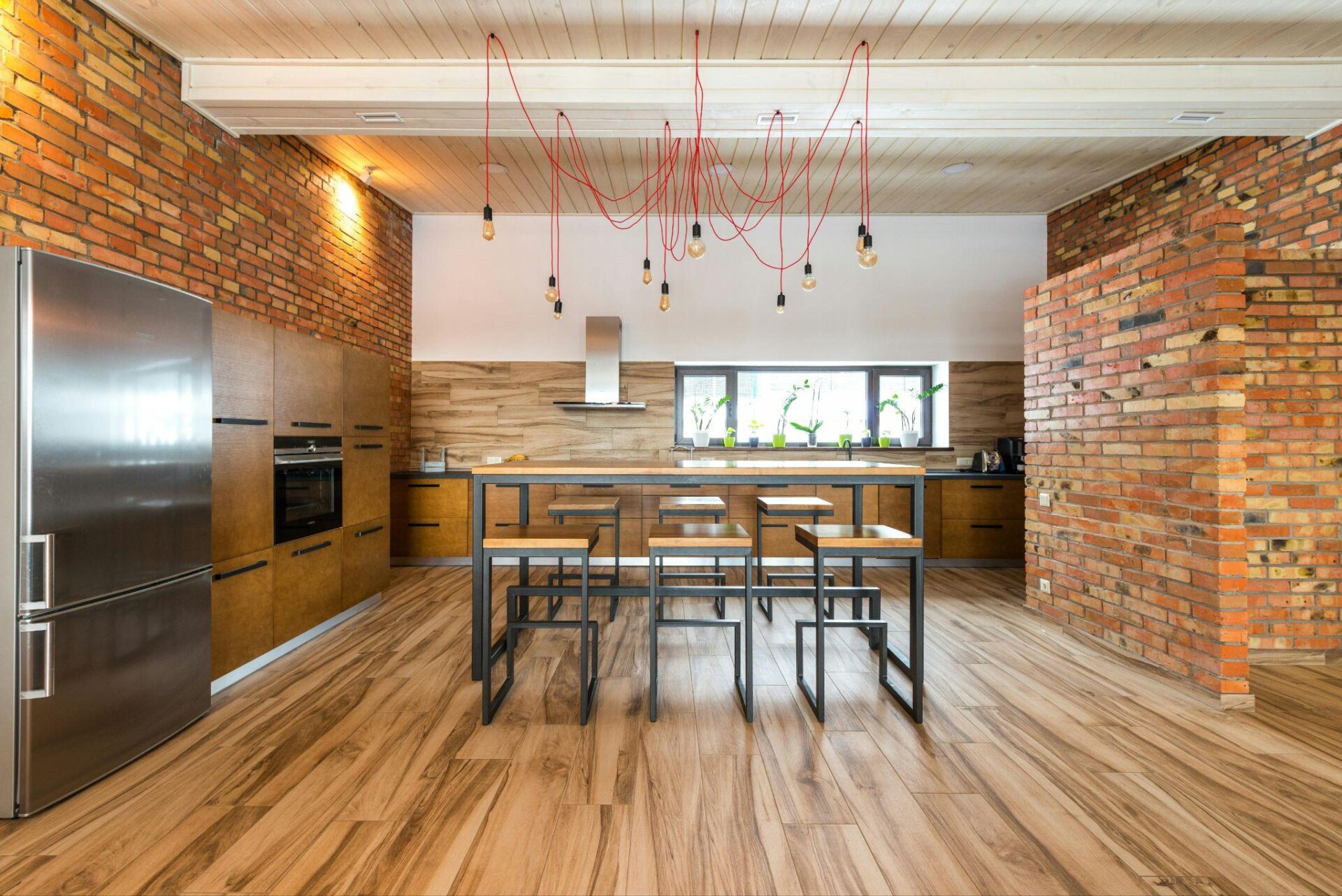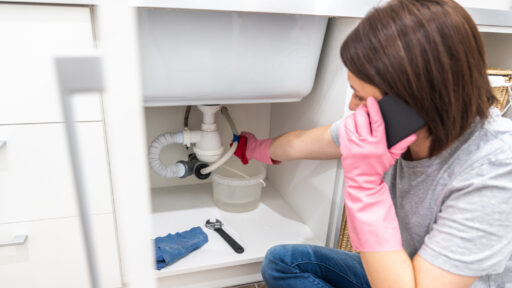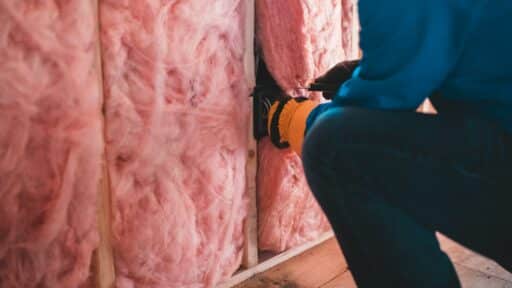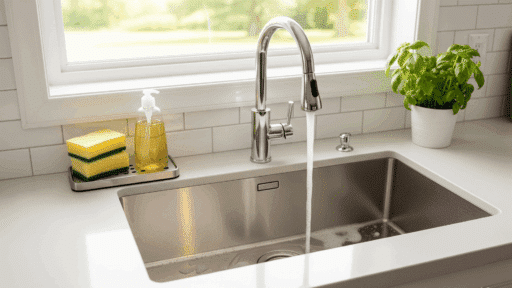When water damage strikes—whether from a burst pipe, appliance failure, or flooding—the immediate dry-out phase is only the beginning. Once the standing water is gone, the real work of recovery begins: repairing damage, preventing mold, and restoring your home safely and thoroughly. Here’s what every homeowner needs to know about what happens after the dry-out is complete.
The Critical First Step: Thorough Drying—and Why It Matters
Removing visible water is just step one. Hidden moisture can remain in subflooring, wall cavities, insulation, or behind trim. If left unchecked, mold can begin growing in as little as 24 to 48 hours after exposure.
Unchecked moisture also promotes structural damage. That’s why professional water damage restoration teams use high-powered air movers, dehumidifiers, and moisture meters to eliminate all traces of dampness—ensuring surfaces and unseen areas are completely dry.
Mold Prevention and Air Quality Protection
Even after drying, risk remains. In fact, mold affects nearly 47% of U.S. homes, often lingering long after water has been removed.
Mold spores thrive in damp environments and feed on common building materials like wood, drywall, and insulation. Exposure—even to small mold patches—can trigger asthma and respiratory issues in many people.
After dry-out, restoration professionals typically:
- Use antimicrobial treatments to disinfect surfaces
- Contain and remove any mold patches over 10 sq. ft.
- Perform repeated moisture testing to ensure dryness
These steps mitigate health risks and reduce structural decay.
Assessment, Demo & Repair Planning
Next comes damage assessment. Restoration experts catalog affected areas, evaluating what needs to be removed, replaced, or preserved.
Areas often needing demo include:
- Saturated drywall or baseboards
- Warped wood flooring or subfloor layers
- Waterlogged insulation
- Corroded fasteners or framing members
With a clear scope, they develop a repair plan tailored to repair structurally damaged components and restore the space safely.
Repairs: From Structural to Cosmetic
Once damaged materials are removed:
- Walls, floors, or ceilings are replaced with moisture-resistant materials
- New drywall or flooring gets installed and sealed properly
- Baseboards and finish trim are reinstalled
- Paint touch-ups, tile, or fixtures are replaced
- Final humidity is regulated, and air circulation is restored
This phase restores your home to function, safety, and aesthetic quality.
Rebuilding Safely and Thoughtfully
The best restorations include prevention built-in. Consider:
- Installing improved ventilation or exhaust fans
- Applying mold-resistant paint or drywall in moist areas
- Replacing cabinets, trim, or insulation with water-resistant options
- Improving insulation and vapor barriers in vulnerable zones
These upgrades protect against future incidents and add long-term resilience.
Why Professional Guidance Matters
Dry-out is just the tip of the iceberg after water damage. Proper restoration protects air quality, prevents mold relapse, and restores structural integrity with expertise—not guesswork. Training, certifications, and access to restoration-grade equipment make the difference between safe recovery and lingering risk.
What Homeowners Can Do During Restoration
You can support the process with your own actions:
- Document everything: Take photos and track each mitigation step for insurance
- Follow hygienic controls: Cover duct openings, don’t re-enter damp areas until cleared
- Clear debris promptly: Remove damaged materials from the site to avoid secondary damage
- Keep humidity low: Run fans, open windows, or use a portable dehumidifier until restoration completes
- Ask questions: Know when materials were dried, what moisture levels were achieved, and when restoration is considered final
Working alongside restoration experts ensures you stay informed about progress and outcomes.
Understanding the Real Costs
Water damage isn’t just wet floors—it’s often costly.
According to insurance data, about 1 in 60 homes file a water damage claim each year, with average payouts around $13,954 per claim. Water damage and freezing account for nearly 28% of all homeowners insurance losses.
Even an inch of standing water can cause up to $25,000 worth of damage, making swift response critical.
Reclaiming Your Space—and Peace of Mind
With restoration complete, your bathroom, basement, or kitchen can return to daily life. To keep forward momentum:
- Replace furniture or rugs that were damaged
- Test all fixtures and ventilation systems
- Monitor humidity regularly using hygrometers
- Air the space frequently
- Consider HEPA filtration if sensitive individuals live in the home
These habits reinforce wellness and reduce risk of recurrence.
When a Water Disaster Sparks Creativity
Once repairs are done, it’s a perfect moment to rethink aesthetics. Maybe it’s time to refresh paint, reglaze tile, or update lighting fixtures. Pairing a repaired space with thoughtful design sparks a fresh start—and a reminder that recovery can lead to renewal.
Consider using a bold neon sign in your newly restored space to bring personality and optimism back into the room. A glowing artistic statement can uplift the environment and symbolize a brighter chapter.
Coping With Emotional Stress of Damage
Water disasters can take a toll emotionally. It’s common to feel overwhelmed by disruption. Talking through the experience with a friend, family member, or professional can help.
Documenting the process and seeing the transformation—from water damage to restoration—often restores sense of control and accomplishment.
Final Thoughts
Recovering from water damage isn’t just about removing moisture—it’s about rebuilding safety, health, and strength into your home. From dry-out to mold prevention, structural repair, and aesthetic renewal, every step matters.
With prompt action, expert help through water damage restoration, and thoughtful restoration steps, your home can come back stronger—and remind you that recovery is both possible and personal.

